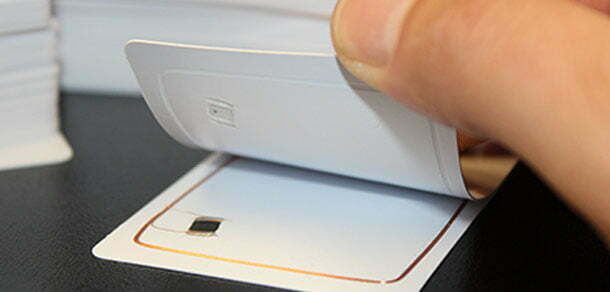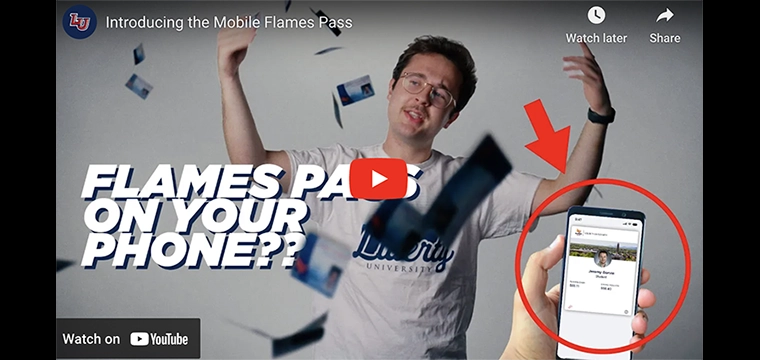
A primer on radio frequency identification
As the card is held in proximity to the reader, it transfers data to the reader. With the radio frequency connection there is no limit to the amount of data that can be transmitted between the two. The speed at which data can be transferred to the reader varies. Ismail says an NXP Mifare card has speeds up to 848 KB per second.
Contactless cards are also equipped with a unique identification number (UID) that enables the reader to properly identify them. This is important in case of collision, when multiple cards try to talk with a reader at once. “It’s like three kids in school. You say, ‘Tell me your name,’ and they all speak at the same time. Then you ask them to go alphabetically to get them to speak [one at a time],” says Ismail.
“In a similar process, the reader is sending the command, ‘Give me your unique ID,’ explains Ismail. If all cards answer at the same time, anti-collision processes enable identification to occur one card at a time.
The identification of a specific card happens much quicker than getting children to respond one at a time. “If you have one card, the detection is 3 to 3.5 milliseconds, depending on the size of the UID,” says Ismail. Adding two cards at the same time adds an additional 2.5 milliseconds, and two more cards adds another 2.5 milliseconds to reading time.
In terms of security, Ismail says a contactless card can support two different types of algorithms, Data Encryption Standards (DES) and Advanced Encryption Standards (AES). DES has a block size of 192 bits, whereas AES, which is perceived as a stronger type of security, has a 128-bit block size. The type of security within the card depends on the application for which it’s used, says Ismail. Each encryption standard secures the data on a card in a different way.
Contactless cards are ideally suited for specific applications. One of these is public transportation, an application that NXP started working on in the mid-nineties. “The Mifare pilot was the Seoul Metro in 1994, with the rollout in 1996,” says Gruber, adding that Seoul was “really the first city ever” to implement a contactless card payment system.
Now cities all over the world, including Chicago, London and Boston, use contactless cards as an efficient way to board passengers. Users wave the cards over readers and are granted almost instant access. This short transaction time paired with the high-speed communication between the card and reader makes it an optimal solution. Plus, because the card doesn’t come into contact with the reader, there’s less wear and tear on the card, increasing its lifespan.
Physical access control is another application best addressed by contactless cards, with employees at businesses all over the world gaining access to their workplaces through a simple tap of a card to a door reader.
However, contactless cards aren’t the answer for every application. “There are two enemies to these technologies: Steel and water,” says Ichikawa.
Steel blocks radio waves, which is why the newest passports have steel cloth woven into their covers. “You can’t read it when it’s closed,” says Ichikawa.
Ichikawa also notes that since the human body is made mostly of water, the current trend in Mexico of implanting an RF tag in one’s shoulder to help locate you if kidnapped should be avoided. “If you put an RF card right next to your body, the body will absorb the radio waves, and there’s nothing to bounce back,” says Ichikawa.
“There are general laws of physics here that make things pretty hard,” says Ichikawa.




